Detecting signals of seasonal influenza severity through age dynamics
- PMID: 26715193
- PMCID: PMC4696185
- DOI: 10.1186/s12879-015-1318-9
Detecting signals of seasonal influenza severity through age dynamics
Abstract
Background: Measures of population-level influenza severity are important for public health planning, but estimates are often based on case-fatality and case-hospitalization risks, which require multiple data sources, are prone to surveillance biases, and are typically unavailable in the early stages of an outbreak. To address the limitations of traditional indicators, we propose a novel severity index based on influenza age dynamics estimated from routine physician diagnosis data that can be used retrospectively and for early warning.
Methods: We developed a quantitative 'ground truth' severity benchmark that synthesizes multiple traditional severity indicators from publicly available influenza surveillance data in the United States. Observing that the age distribution of cases may signal severity early in an epidemic, we constructed novel retrospective and early warning severity indexes based on the relative risk of influenza-like illness (ILI) among working-age adults to that among school-aged children using weekly outpatient medical claims. We compared our relative risk-based indexes to the composite benchmark and estimated seasonal severity for flu seasons from 2001-02 to 2008-09 at the national and state levels.
Results: The severity classifications made by the benchmark were not uniquely captured by any single contributing metric, including pneumonia and influenza mortality; the influenza epidemics of 2003-04 and 2007-08 were correctly identified as the most severe of the study period. The retrospective index was well correlated with the severity benchmark and correctly identified the two most severe seasons. The early warning index performance varied, but it projected 2007-08 as relatively severe 10 weeks prior to the epidemic peak. Influenza severity varied significantly among states within seasons, and four states were identified as possible early warning sentinels for national severity.
Conclusions: Differences in age patterns of ILI may be used to characterize seasonal influenza severity in the United States in real-time and in a spatially resolved way. Future research on antigenic changes among circulating viruses, pre-existing immunity, and changing contact patterns may better elucidate the mechanisms underlying these indexes. Researchers and practitioners should consider the use of composite or ILI-based severity metrics in addition to traditional severity measures to inform epidemiological understanding and situational awareness in future seasonal outbreaks.
Figures
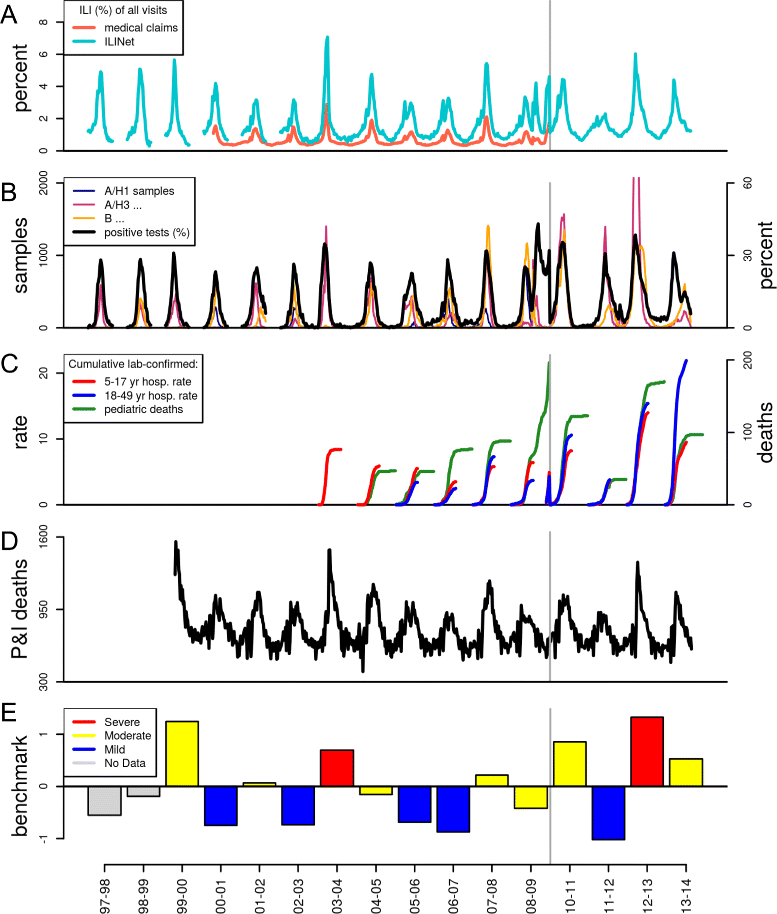
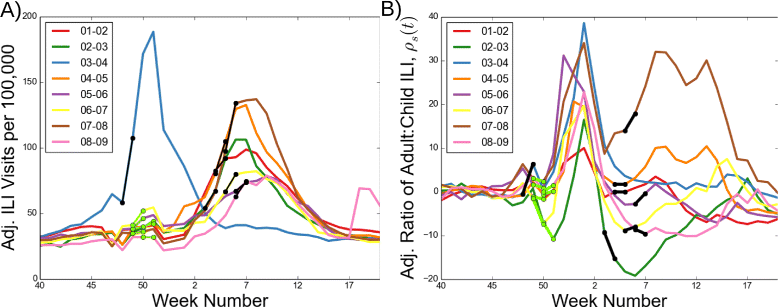
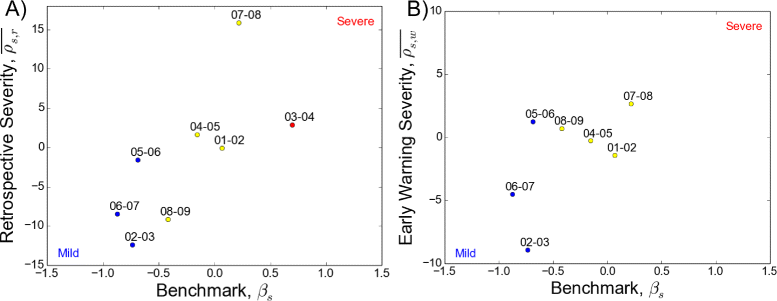
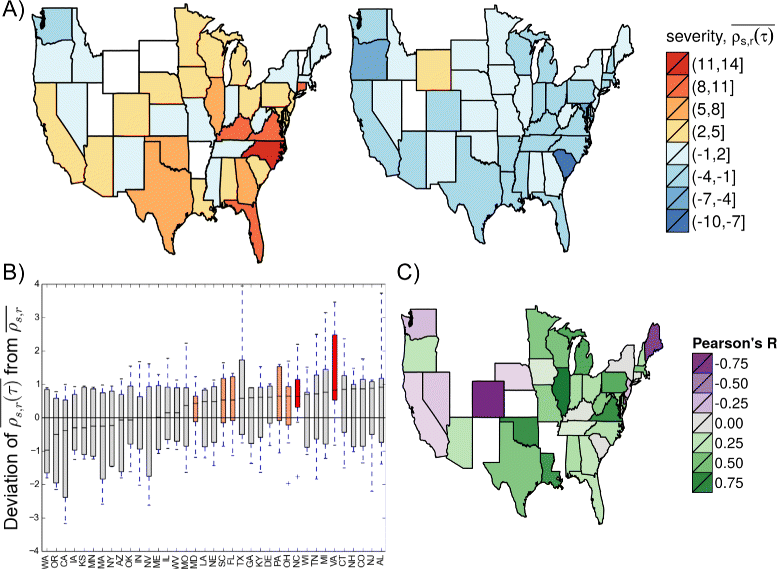
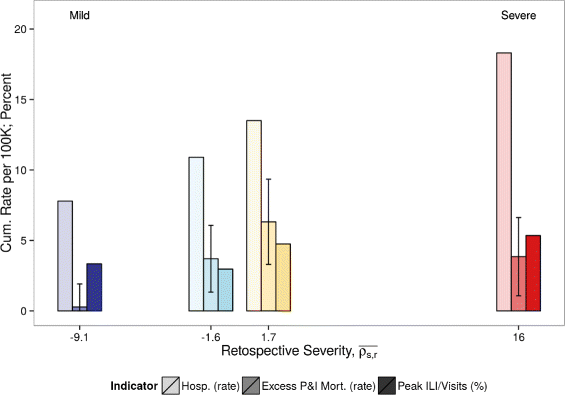
References
Publication types
MeSH terms
LinkOut - more resources
Full Text Sources
Other Literature Sources
Medical

